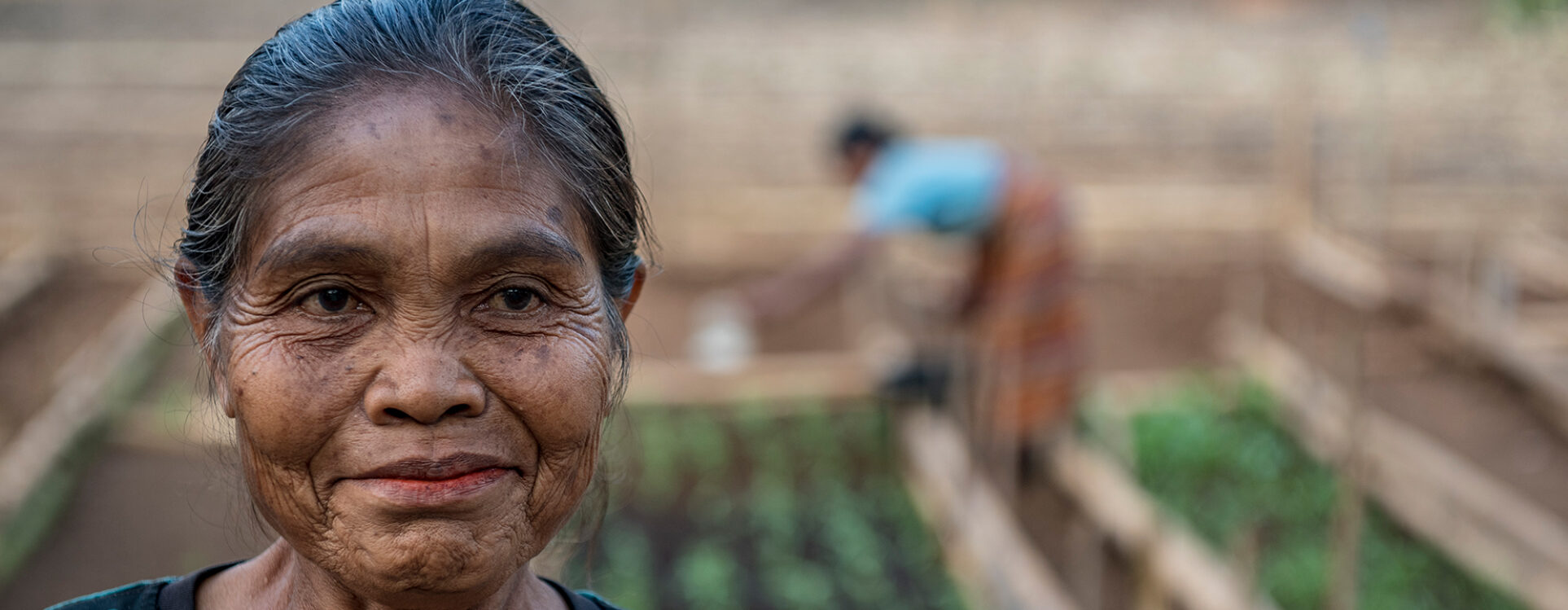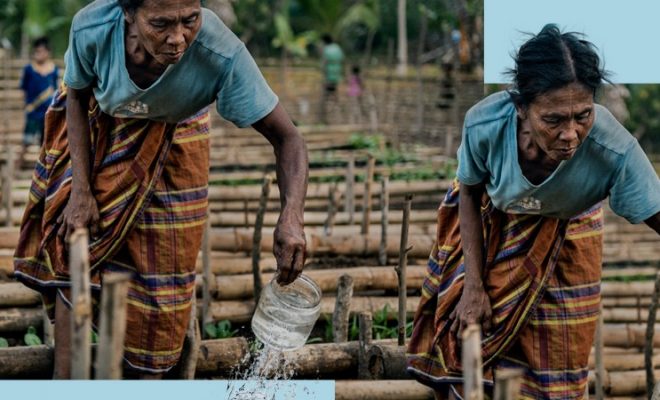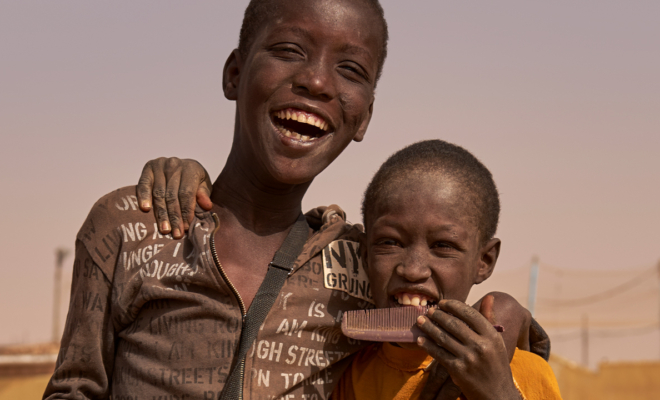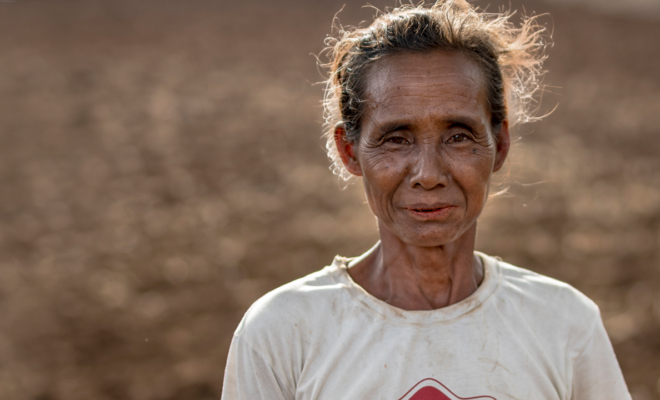We are pushing nature beyond anything we have ever known. This is a fact that few still dare to question. While some figures in power continue to cling to outright denial, the message that “nothing is happening” has lost credibility. Very few believe it anymore.
Today, reactionary stances focus less on denying climate change and biodiversity loss, and more on discrediting the solutions, especially those that challenge the economic model inherited from the Industrial Revolution.
At the Foundation, with more than 15 years of experience working with nature-based solutions, we can testify: the answers are already here, underway—often quietly—driven by communities that don’t make the headlines, yet play a vital role in maintaining the balance of ecosystems.
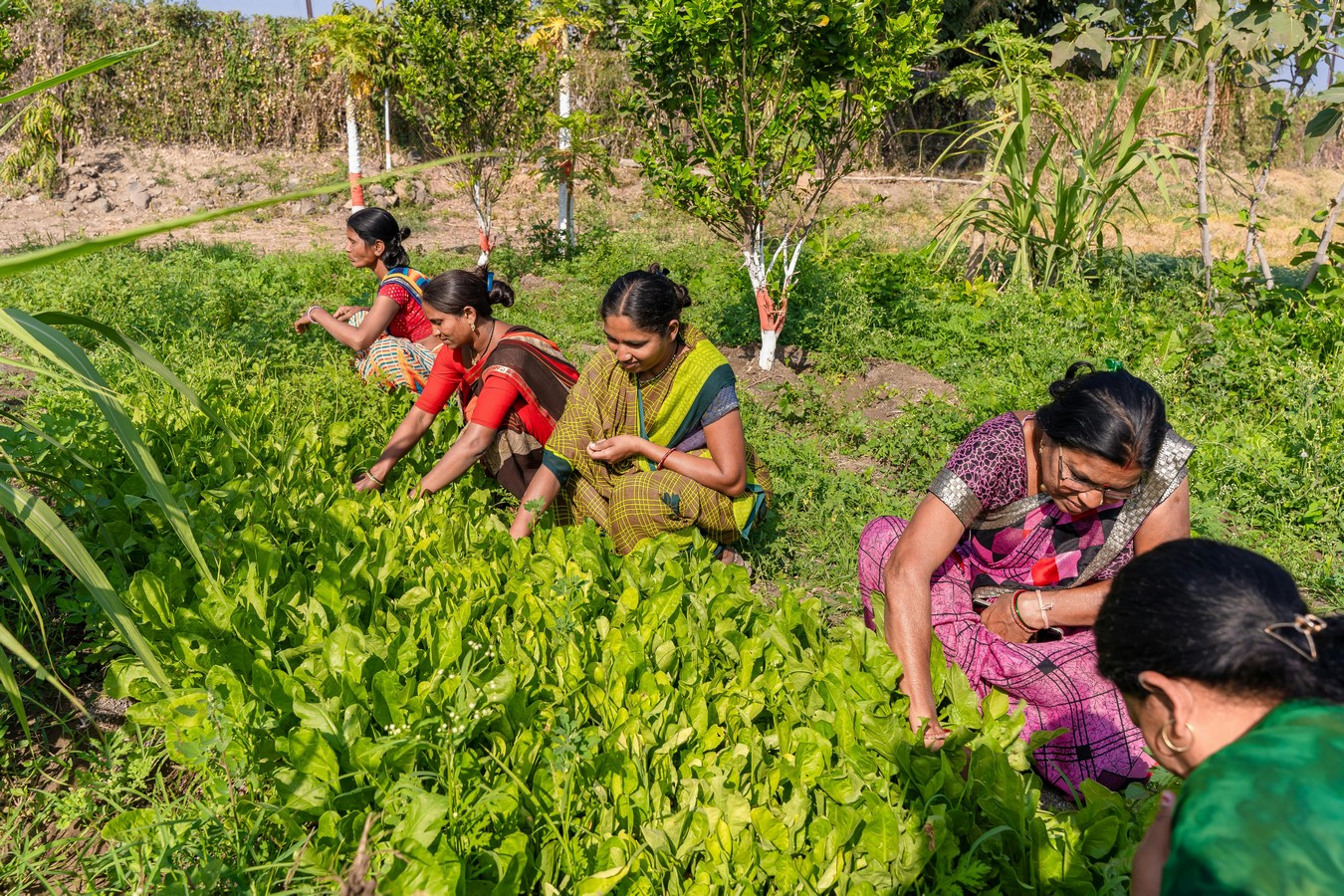
Communities around the world are regenerating soils, protecting water sources, farming without harm, and restoring ecosystems through practices that combine ancestral wisdom with scientific knowledge. © pexels-equalstock
Nature still resists. And it shows us how
Science confirms it: the solutions exist. They are already in motion, and many are already working. The real challenge is scaling them—bringing their impact to a global level. Most of these solutions originate from nature itself and from the relationships that many communities have developed with it over generations.
In general, they don’t require massive investments; rather, they require willpower, shared knowledge, and strong partnerships. Just take a look at the Drawdown Report: Climate Solutions for a New Decade. This document synthesises the work of a multidisciplinary team that has mapped the most effective and scalable climate solutions, grounded in scientific evidence and real-world experience.
The conclusion is clear: it’s not about inventing new solutions, but about expanding and connecting those that are already working at the local level.
Agriculture: a top priority
Agriculture is, without a doubt, one of the key fronts. It is the human activity that consumes the most freshwater—around 80% globally—and is one of the most polluting. While it is not the most significant individual emitter of greenhouse gases on its own, its impact becomes critical when analysed alongside deforestation and land-use change.
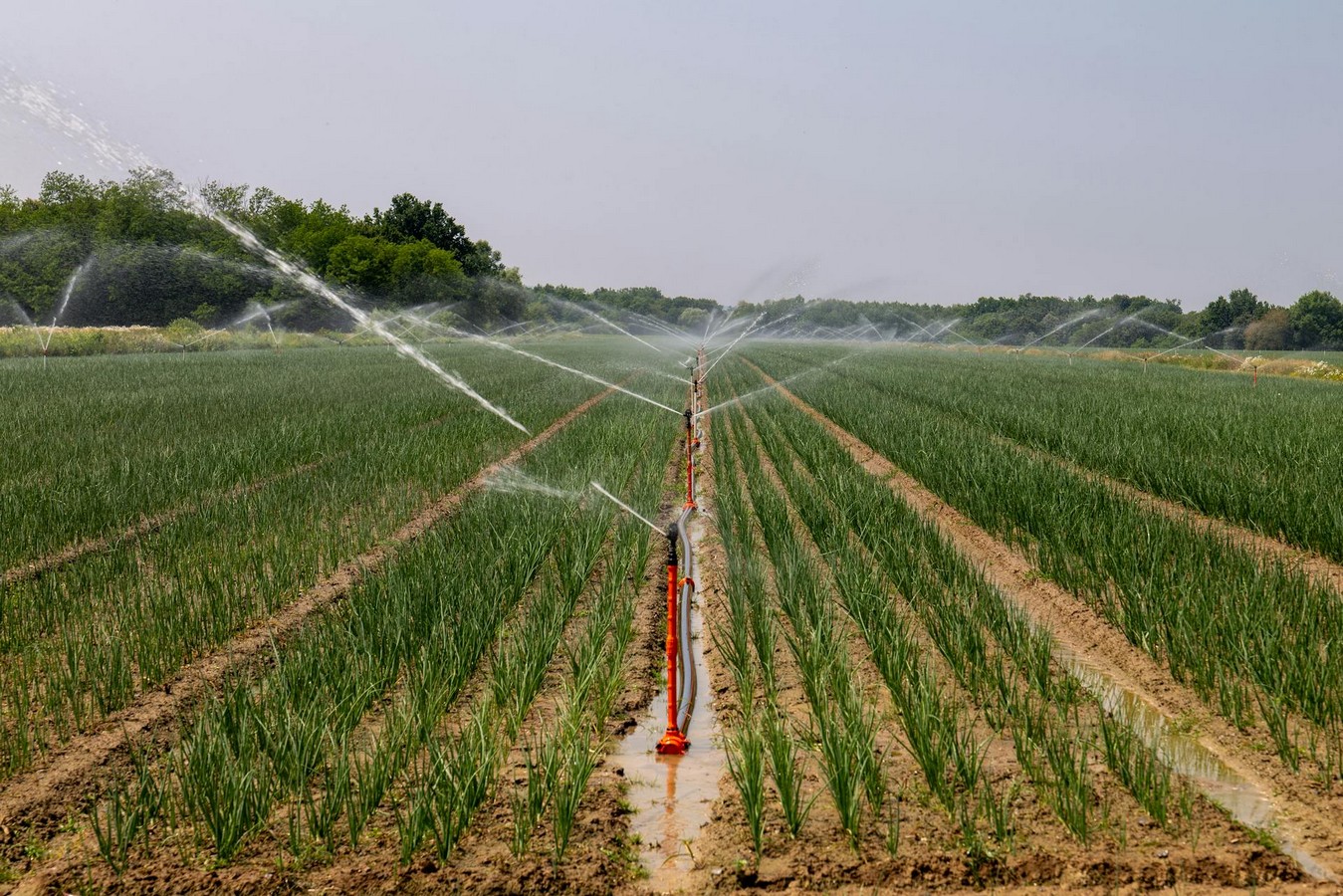
Agriculture is, without a doubt, one of the key fronts. It is the human activity that consumes the most freshwater—around 80% globally—and is one of the most polluting. © pexels-vladimirsrajb
According to the IPCC, the AFOLU sector (Agriculture, Forestry, and Other Land Use) accounts for between 21% and 24% of global greenhouse gas emissions. However, its influence extends far beyond numbers: the type of agriculture we promote can either exacerbate the crisis or become one of the most powerful solutions.
The dominant agro-industrial model is pushing ecosystems’ regenerative capacity to the limit. According to the FAO, over 4.6 million tonnes of chemical pesticides are released into the environment each year, and approximately 115 million tonnes of inorganic nitrogen fertilisers are applied. The result: degraded soils, biodiversity loss, water contamination, and climate vulnerability.
But that same degraded and neglected soil could be the Foundation of the solution. Agriculture has extraordinary potential for carbon capture, water restoration, and environmental regeneration—and that change is already underway.
Science and experience point to three key practices:
- Regenerative agriculture: restoring soil fertility and structure without synthetic chemicals, using composting, cover crops, crop rotation, and minimal mechanical disturbance.
- Agroforestry: combining trees, shrubs, and crops in the same space, creating synergies that enhance productivity, Biodiversity, and the water cycle.
- Silvopasture: integrating trees, pastures, and livestock to restore soil, reduce emissions, and increase system resilience.
At the Foundation, we’ve witnessed this firsthand. In the Bosawas Reserve in Nicaragua—one of our initial projects—we observed how collaborating with local communities can help reverse erosion and restore the water cycle. More recently, in Chiapas, Mexico, we collaborated with Indigenous communities to strengthen their knowledge of forests, soil, and water.
In these biodiversity hotspots, we saw how agroforestry and silvopasture not only halt degradation but also reinforce climate resilience and restore dignity to those who work the land.
Today, numerous studies and emerging policy frameworks confirm this shift: the transition toward nature-based agriculture is not only possible, but urgent, and replicable.
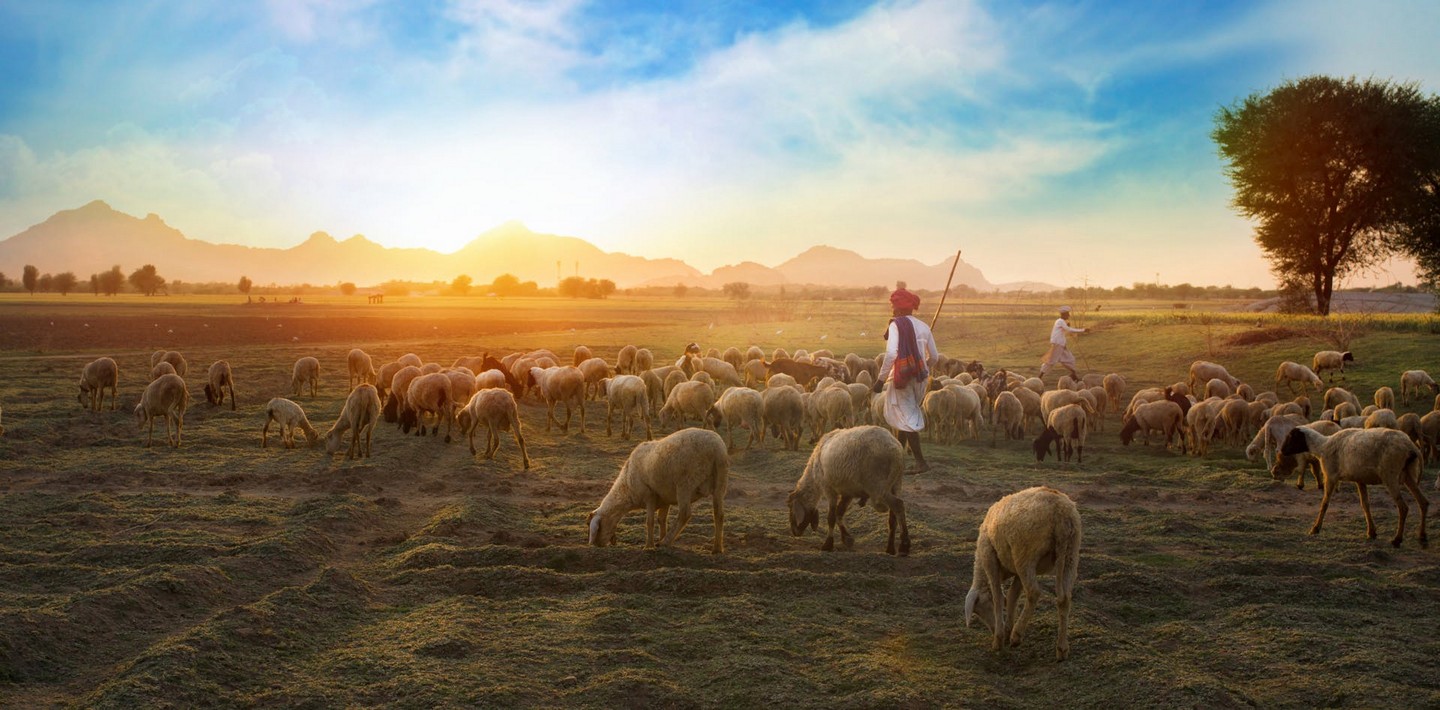
Silvopasture: integrating trees, pastures, and livestock to restore soil, reduce emissions, and increase system resilience. © pexels-kailashkuma
Meaningful success stories
Today, a remarkable scientific effort is underway—bringing together research centres, farmers, and communities—to prove that a different kind of agriculture is not only possible, but effective and productive. A more resilient and regenerative one.
Techniques such as native flower cover regeneration and the integration of pollinator corridors are showing significant results. These approaches not only increase soil fertility and crop yields, but also generate what the scientific community calls co-benefits: improvements in Biodiversity, natural pollination, carbon capture, and water resilience.
One of the most illustrative cases is the project developed by the CREAF(Centre for Ecological Research and Forestry Applications) at the experimental farm of Planeses (Girona, Spain). There, researcher Marc Gràcia demonstrates how the so-called living soil cover—a constant layer of native vegetation—acts like a living network: it protects the soil, retains water, restores its porosity, enhances organic carbon, and promotes microbial Biodiversity. All of this without synthetic inputs.
Meanwhile, advances in soil biology are opening new frontiers. The work of researcher Tom Shimizu, at the Amolf Institute, has become a key reference in bridging cutting-edge science with traditional regenerative practices. His research into how microbial communities—especially mycorrhizal fungi—organise and communicate helps optimise activities such as soil cover management, reduced tillage, and nutrient cycling. It’s a necessary bridge between ancestral knowledge and scientific innovation, with great potential for global replication.
On the Climate Frontier: The Case of the Sahel
What about arid and semi-arid regions, where regeneration seems even more difficult? Nature also offers answers here. As we explored in a previous article, traditional techniques like zaï and tassa—ancestral agricultural practices from the Sahel—are capable of restoring degraded land, retaining rainwater, and regenerating Biodiversity even in extreme environments.
If implemented at scale, these strategies could transform the vast sub-Saharan semi-desert landscape, ease migratory pressure, and bring water and food security to millions of people. However, for that to happen, deep-seated structural barriers must be addressed, including political instability, armed violence, extractive pressure, and the chronic geopolitical neglect of the most vulnerable countries.
Scaling What Already Works
Although many solutions are already available and have proven effective, they often face complex socioeconomic barriers, including resistance from governments, pressure from agribusiness lobbies, a lack of financing tailored to local contexts, fragmented public policies disconnected from rural realities, and the systemic invisibilization of community and ancestral knowledge.
This conclusion was echoed by numerous experts at the latest COP 16 on Biodiversity: for these solutions to thrive, we must create the right conditions—starting with scientific evidence that clearly shows the interconnectedness between climate crisis, water security, and ecosystems, and how nature-based solutions have a real and direct impact on community well-being.
To scale them globally, four key factors are essential:
- Institutional support and public policies aligned with nature-based solutions. Progress is being made, but at a very slow pace.
- Collaborative and participatory models that empower communities. They exist, but political and administrative structures often hinder them.
- Monitoring systems that are rigorous yet accessible, making impacts visible and measurable.
- International partnerships that bridge local innovation with global agendas.
The solutions are already here—but they need space, recognition, and collective will. Nature still endures. It only asks that we learn from it and walk alongside those who have always protected it.
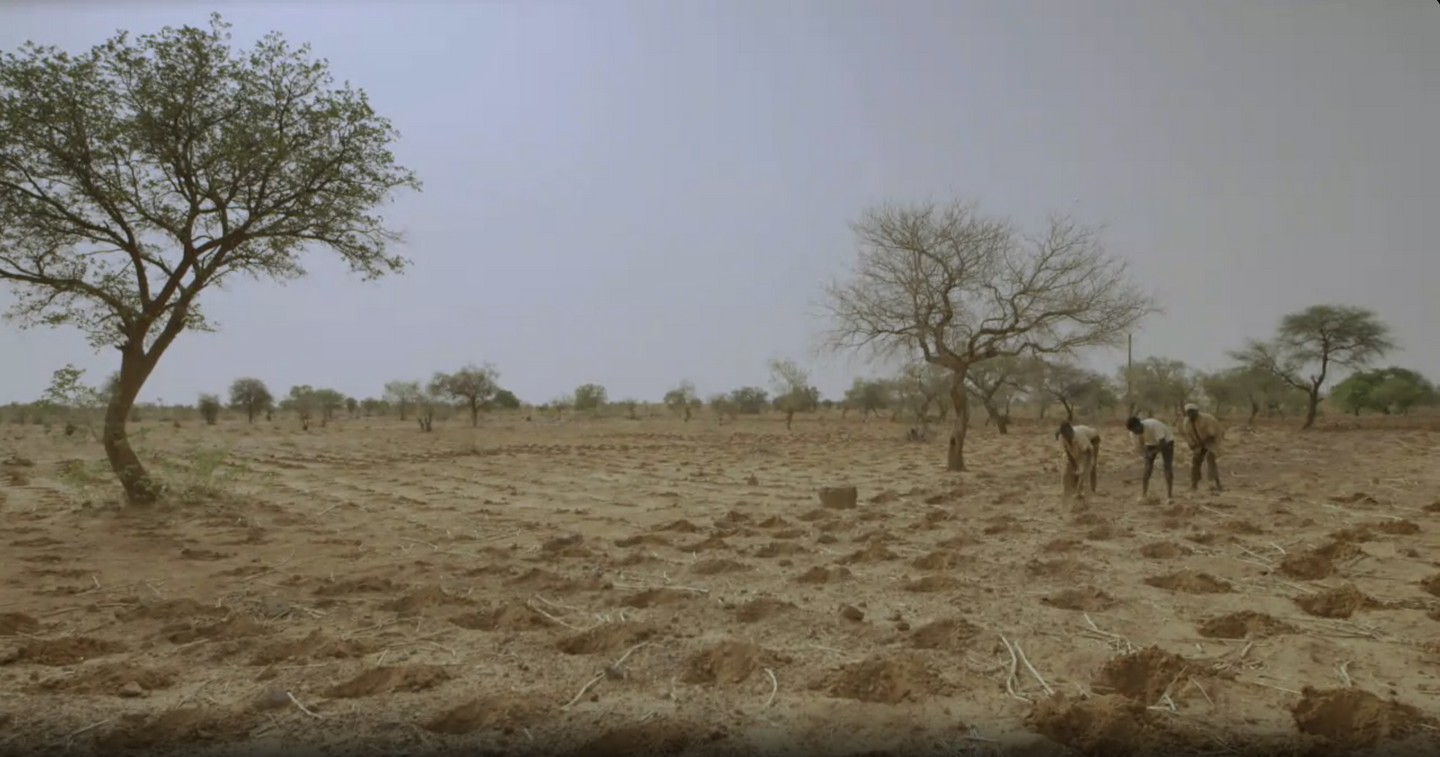
Traditional techniques like zaï and tassa—ancestral agricultural practices from the Sahel—are capable of restoring degraded land, retaining rainwater, and regenerating Biodiversity even in extreme environments.


